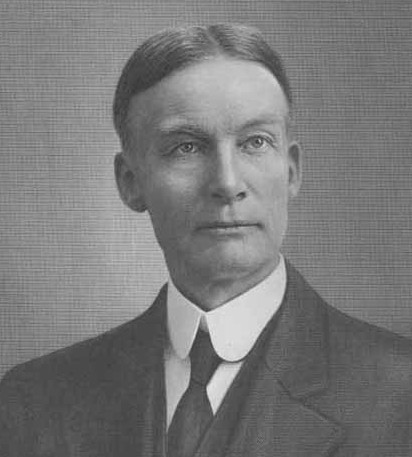Charlotte Allen, from The Washington Post, should start looking for another job. Or maybe she should start writing her own obituary. On March 2, Allen catalyzes a blogosphere backlash to her infamous article “We Scream, We Swoon, How Dumb Can We Get?” In it, she argues that women are the weaker sex, the stupid sex, the dim half of our population, citing such “convincing” evidence as Obama rallying, Hillary’s presidential campaign, recent bestselling chick lit, Grey’s Anatomy, bad driving, oh…and the female ability to score lower on standardized visuospatial tests (i.e., the ground for math, science, and philosophy). So I guess that proves it—The Washington Post printed it, so it must be true!
Too bad Allen didn’t do any research or even utilize the internet to find at least one study to disprove her outlandish observations. But I guess we shouldn’t really criticize Allen anyway, since she is one of the many dim-witted women out there (strange, seeing that she graduated from both Stanford and Harvard). She herself admits to being a “classic case of female mental deficiencies,” claiming, “I can’t add two and two (well, I can, but then what?). I don’t even know how many pairs of shoes I own. I have coasted through life and academia on the basis of an excellent memory and superior verbal skills, two areas where researchers agree, women consistently outpace men.” What’s more, all of the brilliant women throughout history, according to Allen, must be outliers. Sure, they can do their jobs well, but they’re just the exception, not the norm. And the rest of us…well, Allen lays it out plainly. We should just “relax, enjoy the innate abilities most of us possess (as well as the ones fewer of us possess) and revel in the things most important to life at which nearly all of us excel: tenderness toward children and men and the weak and the ability to make a house a home…Then we could shriek and swoon and gossip and read chick lit to our hearts’ content and not mind the fact that way deep down, we are…kind of dim.”
It’s no surprise that the backlash happened (and is still going strong). Apparently women (and men) took offense to females being portrayed as vaginas that were really just brain cell black holes (
The Washington Post: Bitches Ain’t Shit). Bloggers were quick to note that Allen supports the right-wing anti-feminist Independent Women’s Forum (who, according to
Sara Gwin on Silence is Betrayal: A Feminist Blog, want women to be more like the virginal, less intelligent 1950s housewife). That earlier in her career she claimed that to solve women’s financial problems, women just need to get some husbands and all will be fine. So, knowing some of her biases, why did Allen write this? Was it a joke? An attempt to be loud and proud about the innate inferiority of being a woman? No. Allen claims it was to give an accurate picture of how stupid females really can be.
Let’s imagine for a minute that everything Allen says about women is true—that actual research has confirmed it. Now, imagine if instead of writing about women, we wrote about another group like blacks, gays, or Jews. Maybe we could write an article about how Africa is doomed because it’s full of black people trying to rule themselves, how the Jews deserved a genocide, or how gay people really don’t merit rights because such and such study proves that they are psychologically deranged beyond the help of medication and intervention. These would be too offensive to print, too costly to imagine the lawsuit or drop in credibility and readership. But write an offensive article about women and it’s okay. Why?
Katha Pollitt, whose response to Allen was published in the Washington Post March 7, claims that “misogyny is the last acceptable prejudice.” And worse, The Washington Post—overwhelmingly dominated by white males—allowed it to be published. The editorial board probably didn’t even think twice about how it feeds into the sexism of our culture, how it unfairly condemns women to nothing more than the sex destined to relegate themselves to childcare, assisting men, and home decorating. Or maybe they did think twice about it and still said, “Okay, we’ll publish this article because we really need women to give in to the virginal mothering image, patriarchal authority, and accept that this is the greatest aspiration women will ever have.”

Makes you kind of sick, doesn't it.
Ada Van Roekel-Hughes



